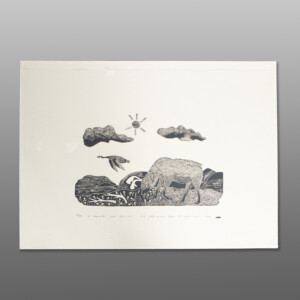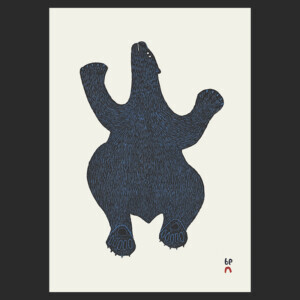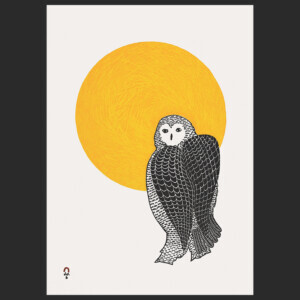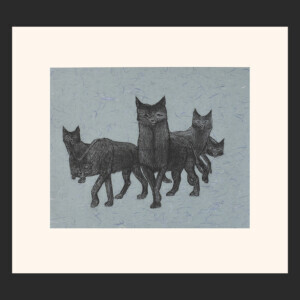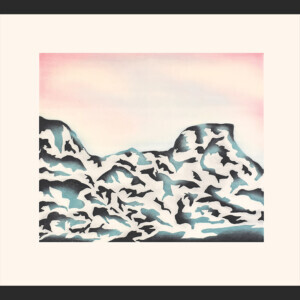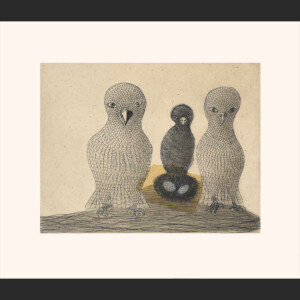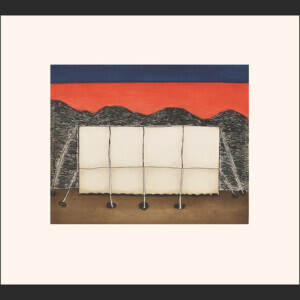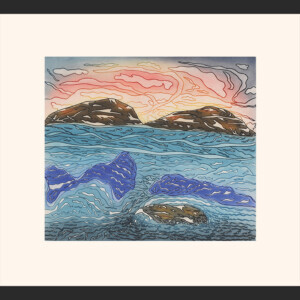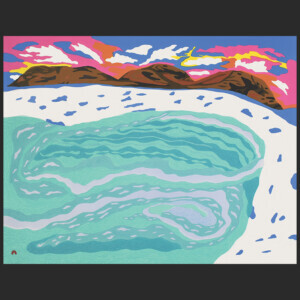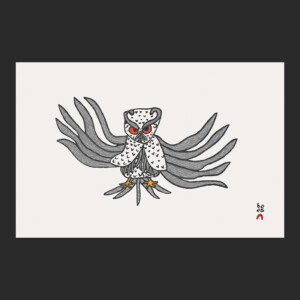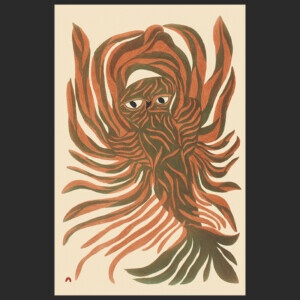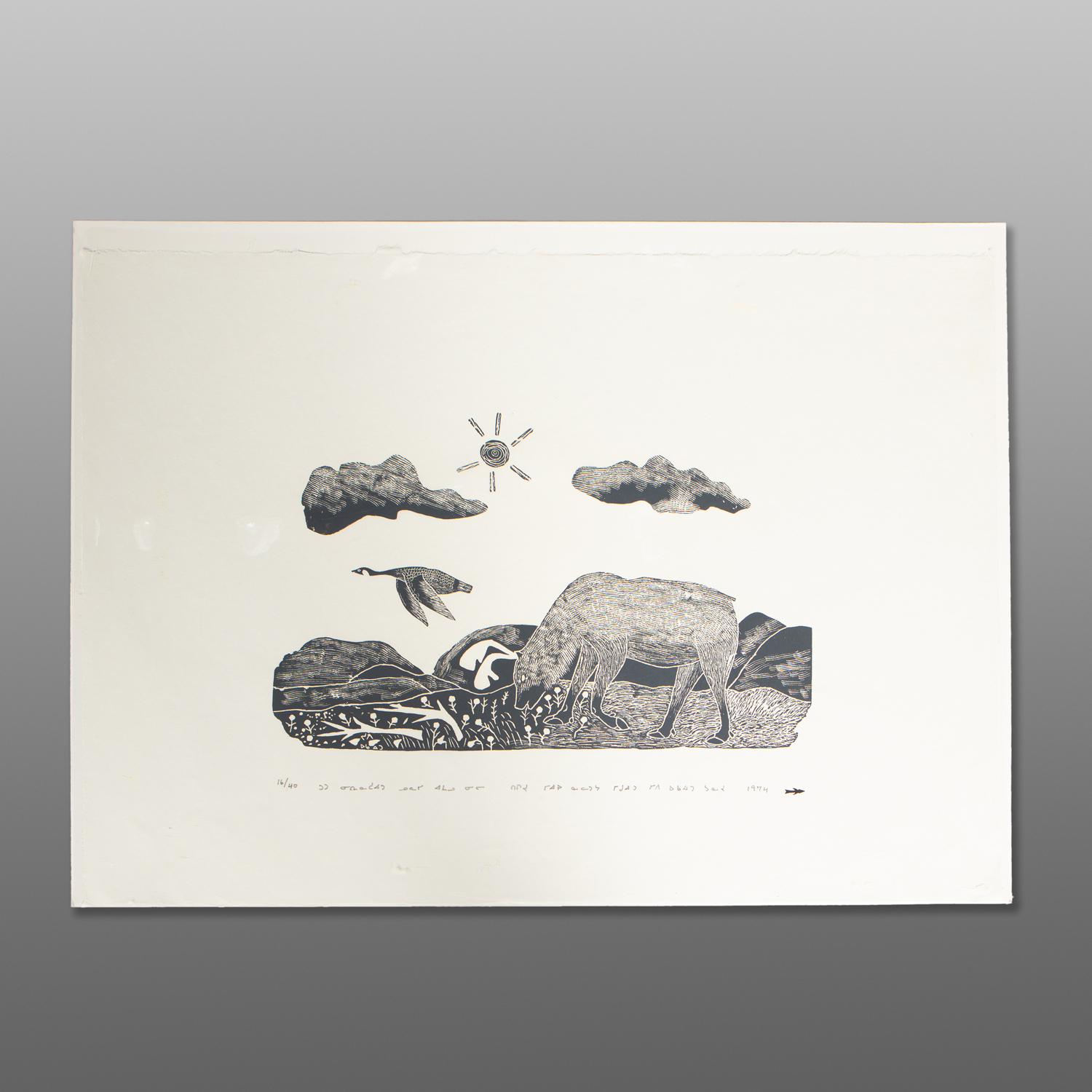
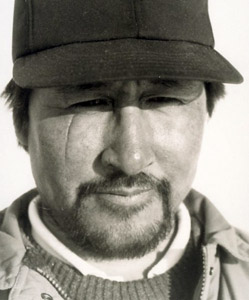 Jobie Uqaituk is a well-known carver and printmaker, born in 1946 in Kutaaq, north of present-day Inukjuak.
Jobie Uqaituk is a well-known carver and printmaker, born in 1946 in Kutaaq, north of present-day Inukjuak.
Uqaituk started art with carving and printmaking. Over time, he found that not only did he enjoy stonecut printmaking, but that he was in love with working with stone. Before he began to work mainly with stones, he produced a number of prints, including a self portrait, at the Inukjuak print shop during the 1970s.
That’s what makes this print, Caribou and Canada Goose, in particular, so unique and rare.
“In 1956, when I was 10 years old, I remember holding onto a heavy stone, trying to figure out what I was going to make with it. I made what I was comfortable with — a bird. I’ve never forgotten it or the stone. It was a good stone — green and red. That year, I sold my first carving to the Hudson’s Bay Company. I was given a pair of mitts for it, although I was hoping to get candy. My mother had told me that I couldn’t even do the finishing sanding on the carving because I was too young. But I have been carving ever since, and, when I’m not carving, I’m out hunting. My life hasn’t changed in all these years” (Ohaituk in Inuit Art Quarterly 1998:40). “It was very difficult for me when I started carving. . . . To me, it was something unknown and I had no idea how to do it. I forced myself to make something out of stone that would be understood” (Ohaituk in FCNQ 2009).
Although Ohaituk had been carving for many years, he did not dedicate himself to artmaking until the early 1990s. He says: “I began taking even more care in my sculpting, increasing my enthusiasm for it. It was a bit like starting over again” (ibid.).
Ohaituk chooses to work only with hand tools since he loses the connection with the stone when he uses power tools. When he begins a carving, he starts by sawing off excess stone, then chipping away at it with an axe until the shape resembles the idea he has in his mind. “Sometimes, when you look at a piece of stone, it already has a shape” (ibid.). When the carving is nearly finished, he makes the surface smooth with sandpaper and meticulously adds details.
In 2001, Bombardier presented one of Uqaituk’s carvings, entitled Father and Son Fishing, to U.S. President George W. Bush.

